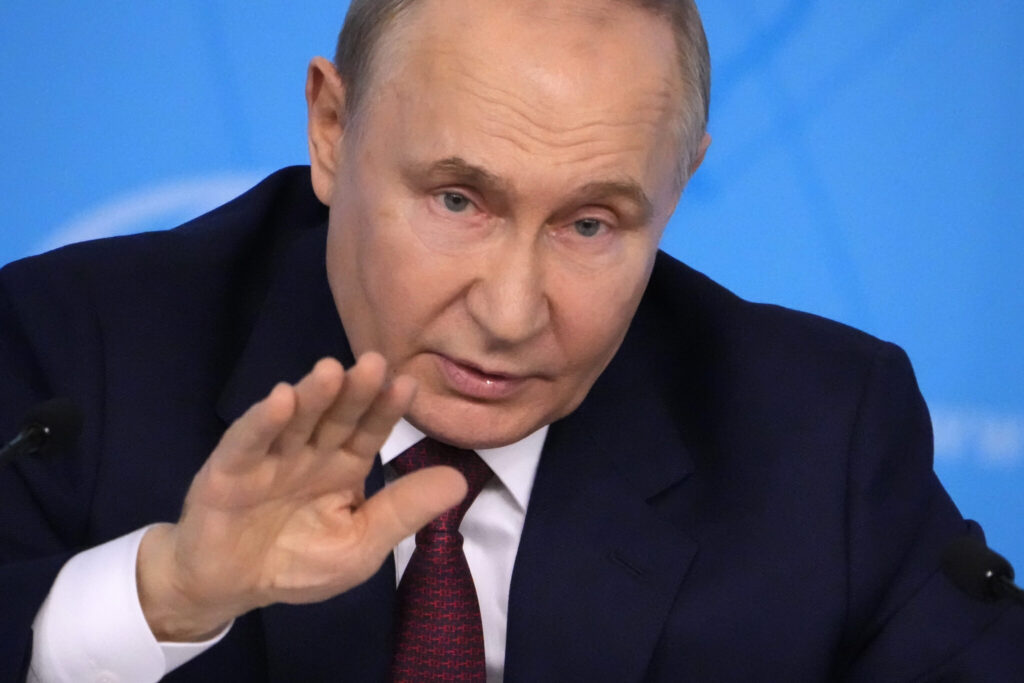The message to NATO from President Vladimir Putin was simple and stark: Don’t go too far in providing military support for Ukraine, or you’ll risk a conflict with Russia that could quickly turn nuclear. As the war in Ukraine turns slowly in Moscow’s favor, Putin declared he doesn’t need nuclear weapons to achieve his goals. But he also says it’s wrong for the West to assume that Russia will never use them.
Quick Read
- Russian President Vladimir Putin emphasized that while he doesn’t need nuclear weapons to achieve his goals in Ukraine, it’s wrong for the West to assume that Russia will never use them.
- Putin reaffirmed Russia’s nuclear doctrine, which allows for the use of atomic weapons if there’s a perceived threat to the country’s sovereignty and territorial integrity.
- Moscow has conducted drills with its tactical nuclear weapons in southern Russia and Belarus in response to NATO’s military support for Ukraine.
- Putin warned that Western involvement in Ukraine could escalate the conflict to grave consequences, potentially drawing NATO into a direct confrontation with Russia.
- Ukrainian strikes on Russian radar facilities and earlier raids on nuclear-capable bomber bases have raised concerns about triggering Russia’s nuclear response under its current doctrine.
- Kremlin-connected experts have urged revising Russia’s nuclear doctrine to lower the threshold for nuclear weapon use, arguing that the West should not feel secure in provoking conflict with Russia.
- Putin hinted at amending the nuclear doctrine and mentioned potential production of intermediate-range missiles, which were banned under a Cold War-era pact scrapped in 2019.
- Moscow could escalate tensions by conducting atomic tests, declaring a no-fly zone over the Black Sea, or even targeting U.S. military bases and NATO supply hubs for Ukraine.
- Russian experts suggest that potential moves could include cyberattacks on U.S. and European infrastructure or conventional strikes on Western troops if they enter Ukraine.
- At the top of the escalation ladder, Russia could threaten nuclear strikes on NATO targets in Europe to force the West into negotiations.
The Associated Press has the story:
Putin sees no need for Nuke arms to win in Ukraine. But he keeps his options open
Newslooks- (AP)
The message to NATO from President Vladimir Putin was simple and stark: Don’t go too far in providing military support for Ukraine, or you’ll risk a conflict with Russia that could quickly turn nuclear. As the war in Ukraine turns slowly in Moscow’s favor, Putin declared he doesn’t need nuclear weapons to achieve his goals. But he also says it’s wrong for the West to assume that Russia will never use them.
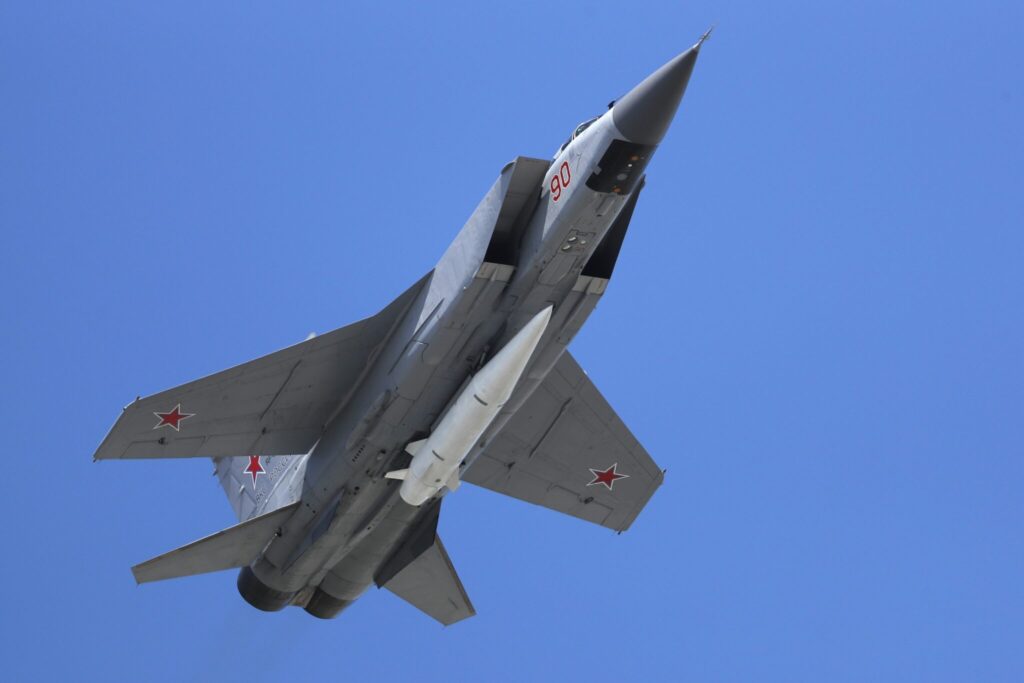
“It mustn’t be treated in a light, superficial way,” Putin said in June, reaffirming that Russia’s nuclear doctrine calls for using atomic weapons if it perceives a threat to its sovereignty and territorial integrity. Moscow’s nuclear messaging — coming as NATO allies move to shore up exhausted and outgunned Ukrainian forces — heralds what could become the most dangerous phase in the war.
Drills, threats and signals
Moscow has carried out drills with its tactical — or battlefield — nuclear weapons in southern Russia and with ally Belarus, where some were deployed in 2023. Russian Defense Ministry videos showed Iskander missile launchers, nuclear-capable warplanes and sea-launched missiles.
The Kremlin described the exercises as a response to the West pondering the deployment of NATO troops to Ukraine and allowing Kyiv to use longer-range weapons for limited strikes on Russian territory.
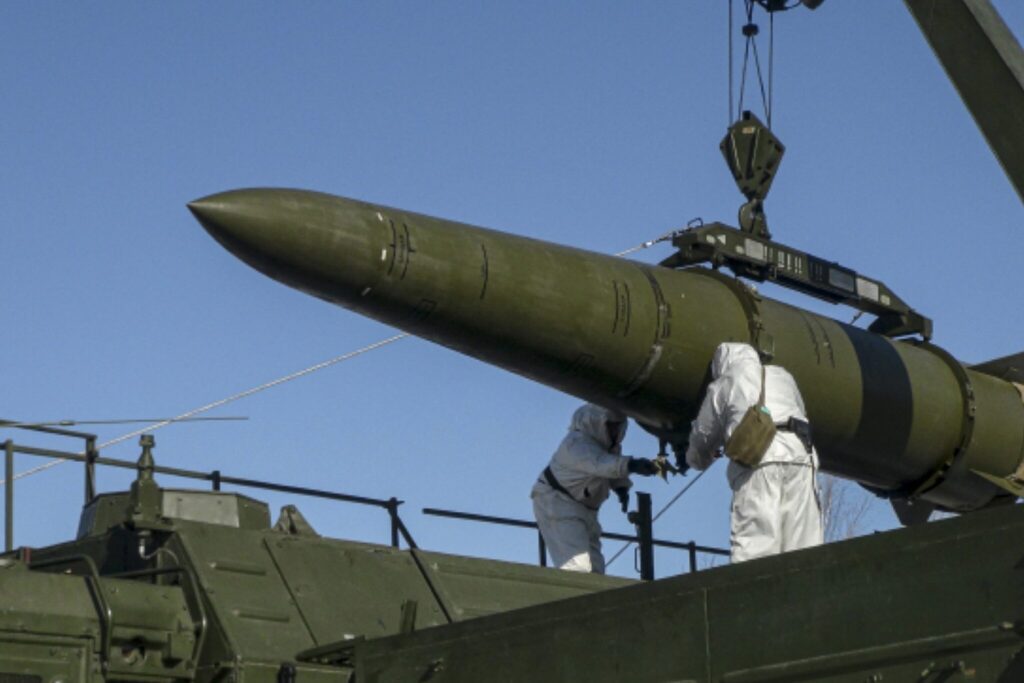
“Reliance on nuclear threats and signals is an enduring trend in Russia’s activities amid the war in Ukraine,” said Heather Williams, senior fellow at the Washington-based Center for Strategic and International Studies. “Russian leadership may be assuming it has more at stake in Ukraine than NATO, and nuclear threats are one means of signaling its commitment to winning the war in the hopes of scaring off Western intervention.”
Ever since launching the Feb. 24, 2022, invasion, Putin has repeatedly referred to Russia’s nuclear might to discourage Western intervention. The United States and NATO criticized the nuclear saber-rattling but said they haven’t seen any changes in Russia’s nuclear posture warranting a response.
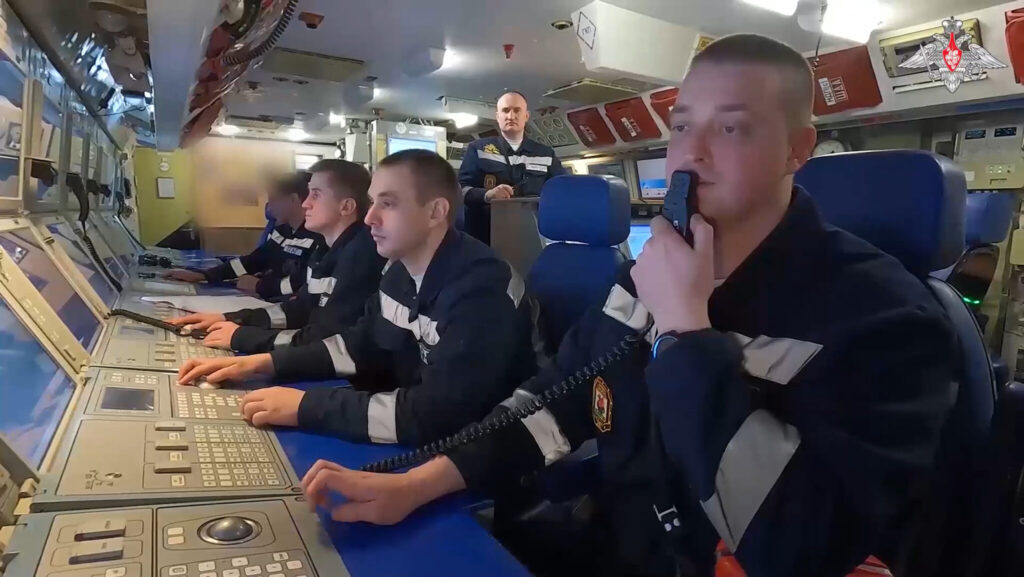
After early setbacks in Ukraine, Putin said Moscow was prepared to use “all means” to protect Russian territory, fueling fears he could turn to tactical nuclear weapons to halt Kyiv’s advances. Putin later toned down his rhetoric after Ukraine’s 2023 counteroffensive didn’t achieve its goals.
Amid Russia’s recent military successes, Putin said Moscow doesn’t need nuclear weapons to win in Ukraine. Simultaneously, however, he warned that Kyiv’s strikes on Russian soil with Western-supplied longer-range weapons would mark a major escalation because they would involve Western intelligence and military personnel — something the West denies.
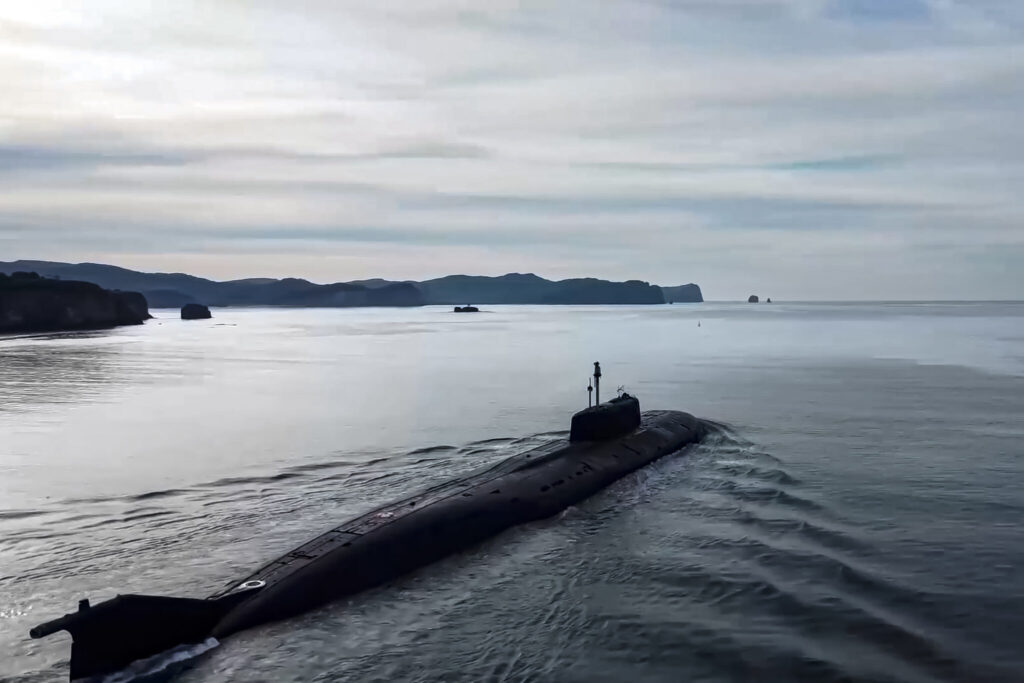
“Representatives of NATO members, particularly in small countries of Europe, should be aware of what they are playing with,” he said, adding they could be mistaken to rely on U.S. protection if Russia strikes them. “The constant escalation could lead to grave consequences,” he said. “If those grave consequences come to Europe, how will the U.S. act in view of our parity in strategic weapons? Hard to say. Do they want a global conflict?”
Aiming the ‘nuclear pistol’
In May, Russian radar facilities were attacked by Ukrainian drones. One damaged a radar in the southern Krasnodar region, according to satellite images. Another targeted a similar facility in the southern Urals, about 1,500 kilometers (930 miles) east of the border.
Both are part of Russia’s early warning system to spot intercontinental ballistic missile launches thousands of kilometers (miles) away. Moscow and Washington rely on such systems to track each other’s launches.
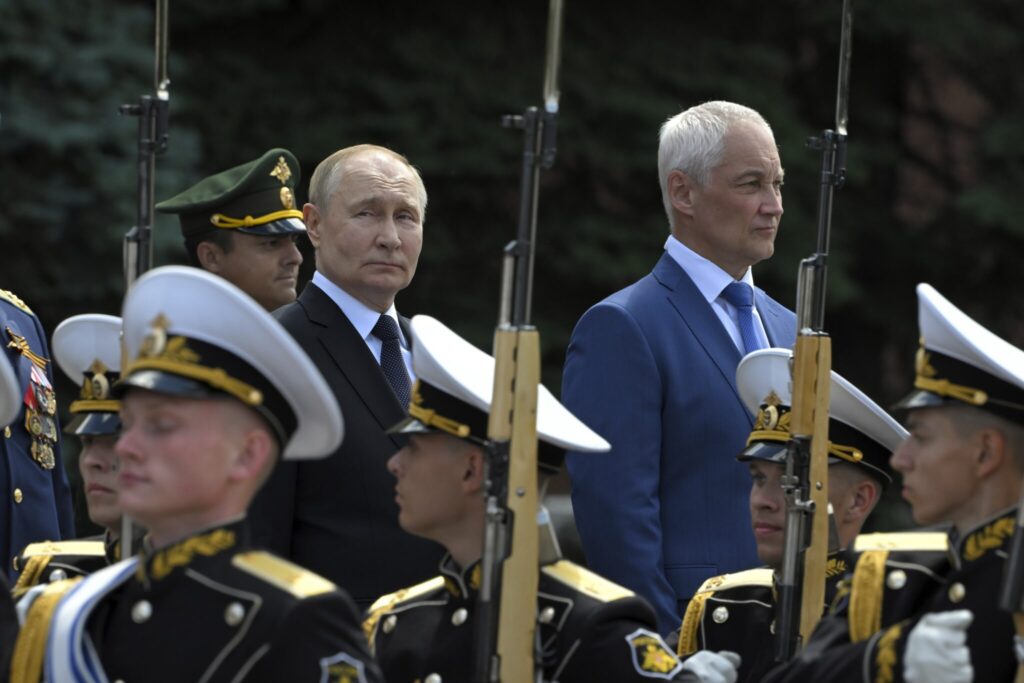
Along with earlier Ukrainian raids on Russian nuclear-capable bomber bases, the radar strikes could qualify as triggers for atomic-weapons use under Moscow’s nuclear doctrine. Russian hawks urged the Kremlin to respond forcefully.
At a June forum in St. Petersburg, Kremlin-connected foreign policy expert Sergei Karaganov urged Putin to “aim a nuclear pistol at our Western adversaries” to achieve victory in Ukraine.
Putin responded cautiously, saying he saw no security threats that warranted using Russia’s nuclear arsenal. At the same time, he indicated Moscow was pondering changes in its nuclear doctrine.
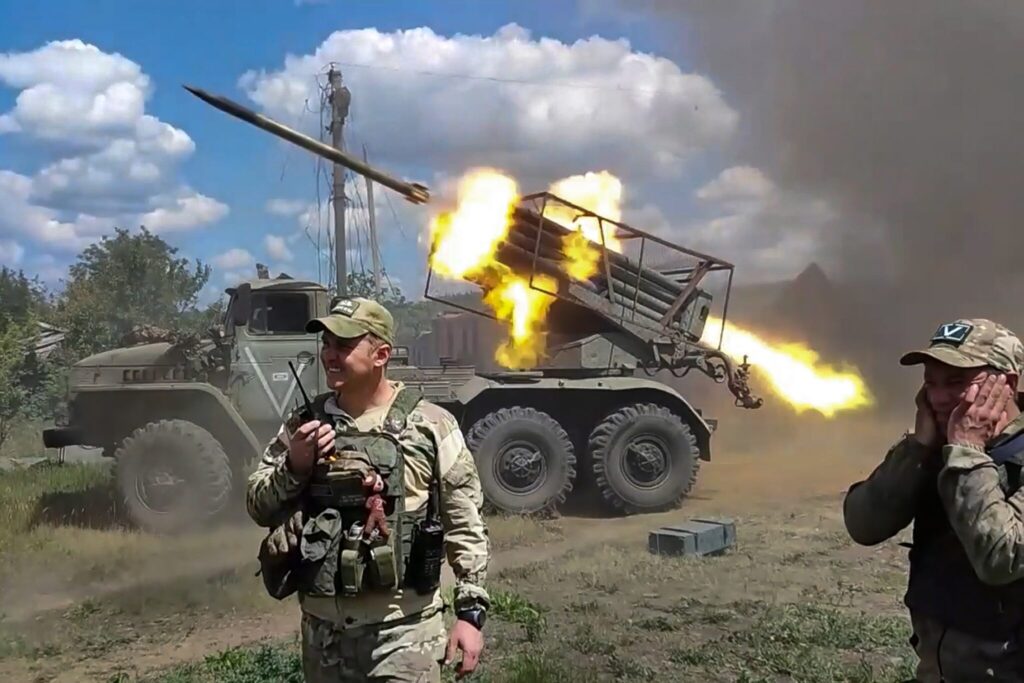
Amending the nuclear doctrine
Since the war began, hawks have urged a revision of the doctrine, which says Moscow could use nuclear weapons in response to a nuclear strike or an attack with conventional weapons that threatens “the very existence” of the Russian state. Some of them argue the threshold is too high, leaving the West with the impression that the Kremlin won’t ever touch its nuclear arsenal.
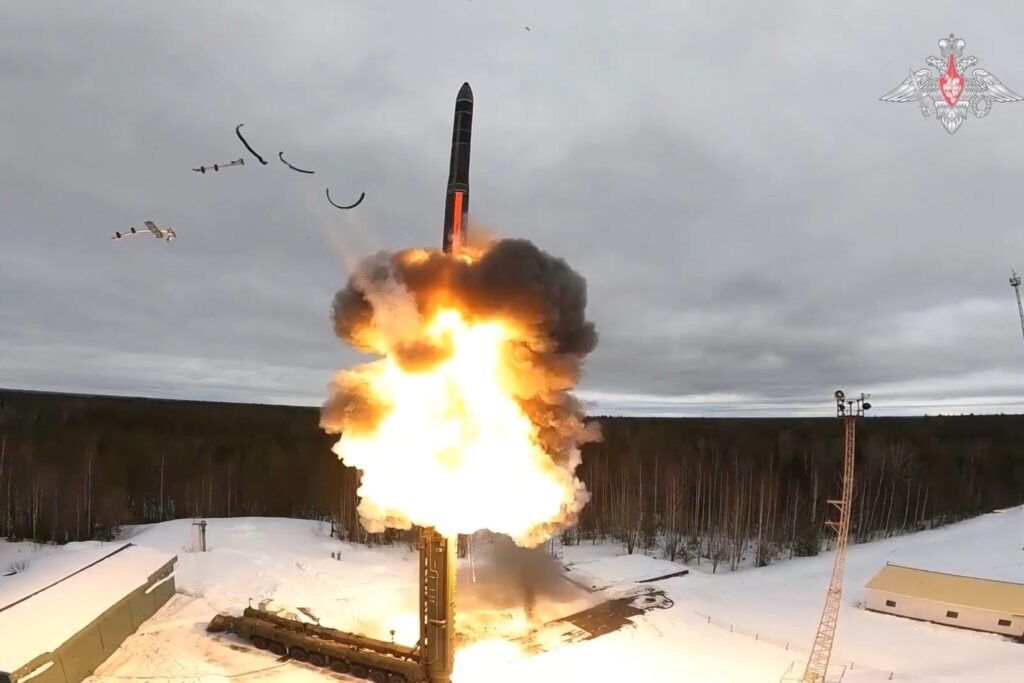
Foreign affairs analyst Dmitri Trenin of the Institute of World Economy and International Relations, a Moscow think tank advising the Kremlin, urged modifying the doctrine to declare that Russia could use nuclear weapons first when “the core national interests are at stake,” like in Ukraine.
“It’s important to persuade the ruling elites in the U.S. and in the West as a whole that they won’t be able to stay comfortable and fully protected after provoking conflict with Russia,” Trenin said.
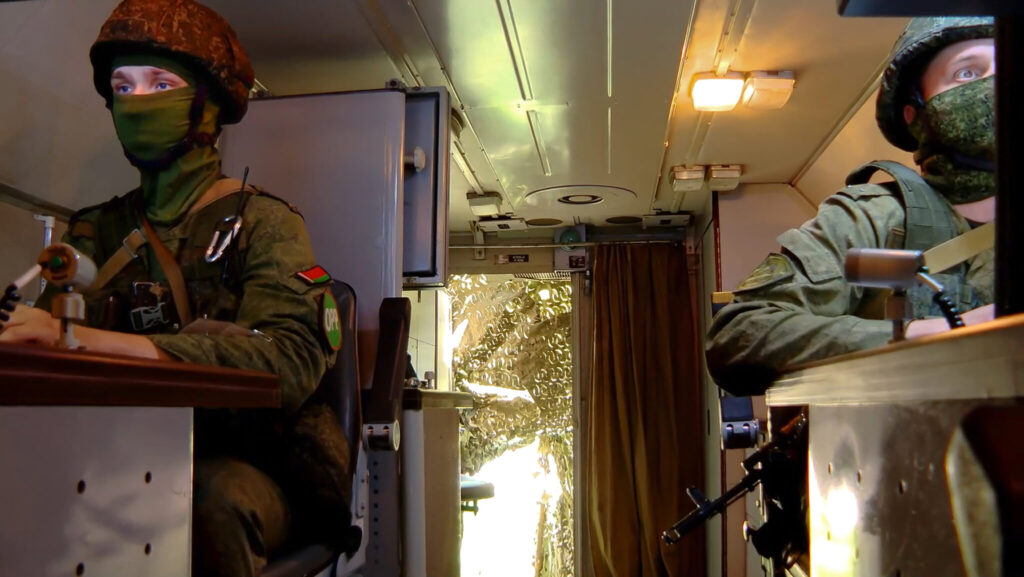
Climbing the ‘ladder of escalation’
With the West allowing Ukraine to hit Russian territory, Putin threatened to respond by providing weapons to Western adversaries worldwide. He underscored the message in June by signing a mutual defense pact with North Korea, signaling Moscow could start arms deliveries to Pyongyang.
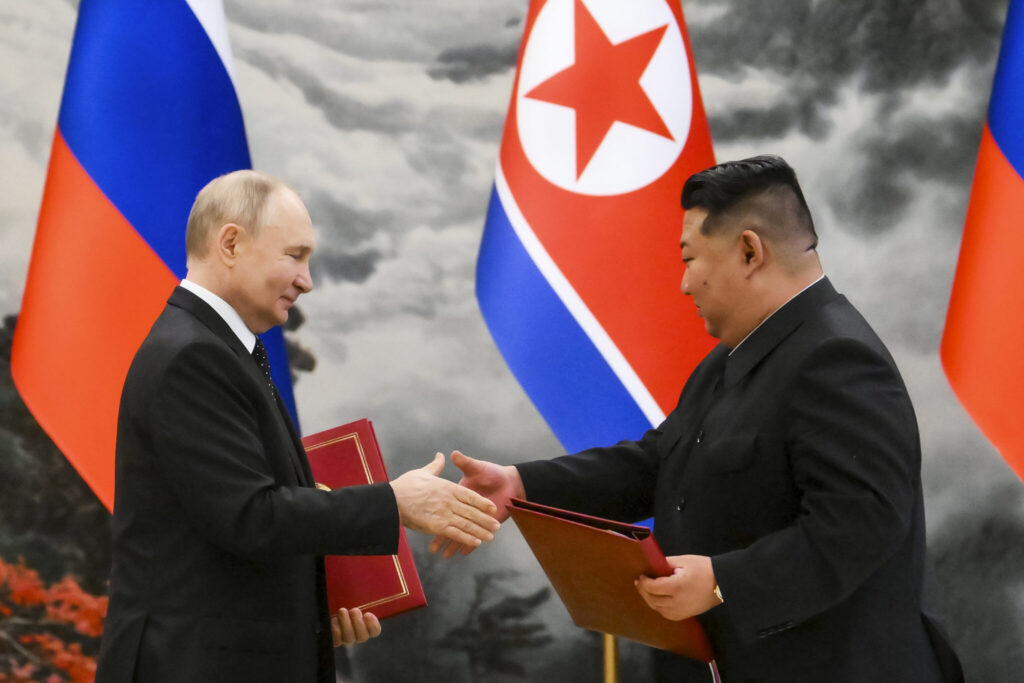
He also declared that Moscow would start producing intermediate-range missiles banned under a Cold War-era pact that Washington and Moscow scrapped in 2019. The Kremlin wouldn’t say where Moscow could deploy the new weapons that were prohibited by the 1987 Intermediate-Range Nuclear Forces Treaty, which outlawed ground-launched missiles with a range of 500 to 5,500 kilometers (310 to 3,410 miles).
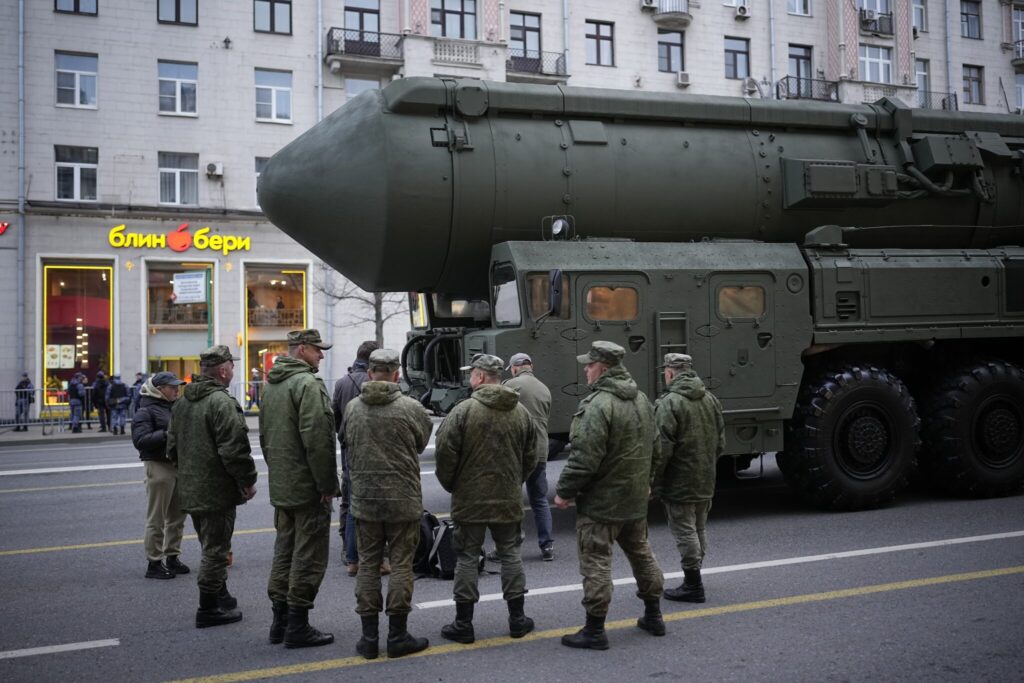
Such nuclear-capable missiles are seen as particularly destabilizing because they can reach targets faster than ICBMs, leaving practically no time for decision-makers and raising the likelihood of a global nuclear war over a false launch warning.
Hawks urged Putin to move quickly up a “ladder of escalation” to push the West to back off.
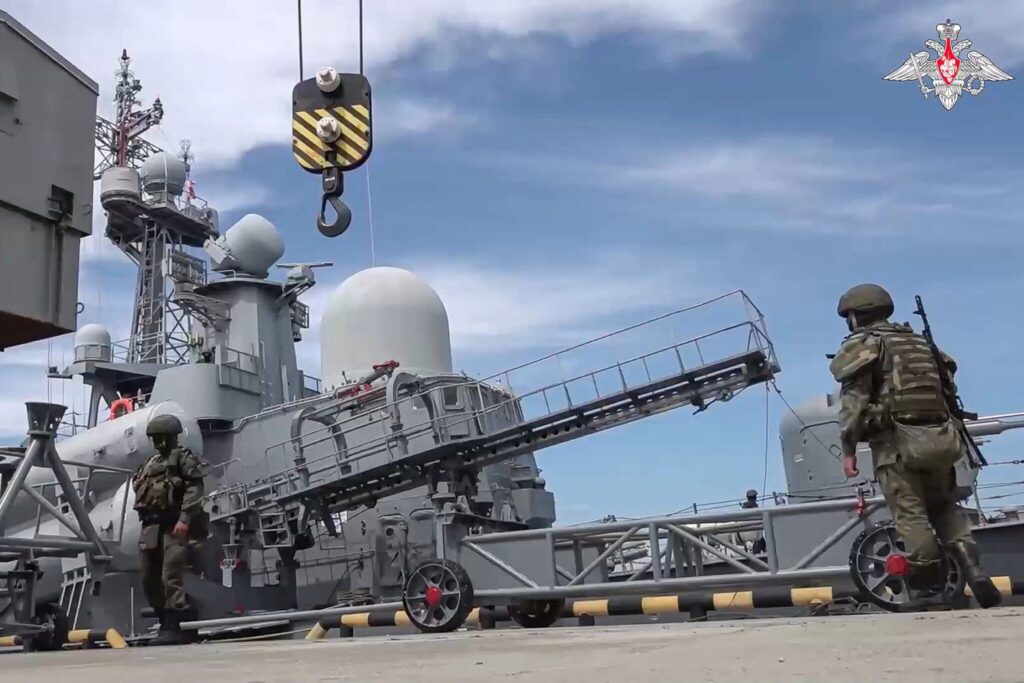
The exercise with battlefield nuclear weapons was one such move, Trenin said, while another could be an atomic test on Russia’s Arctic Novaya Zemlya archipelago. Putin has left the door open for resuming such tests, which are banned under a global pact that Russia has signed, although he noted “there is no need for that yet.”
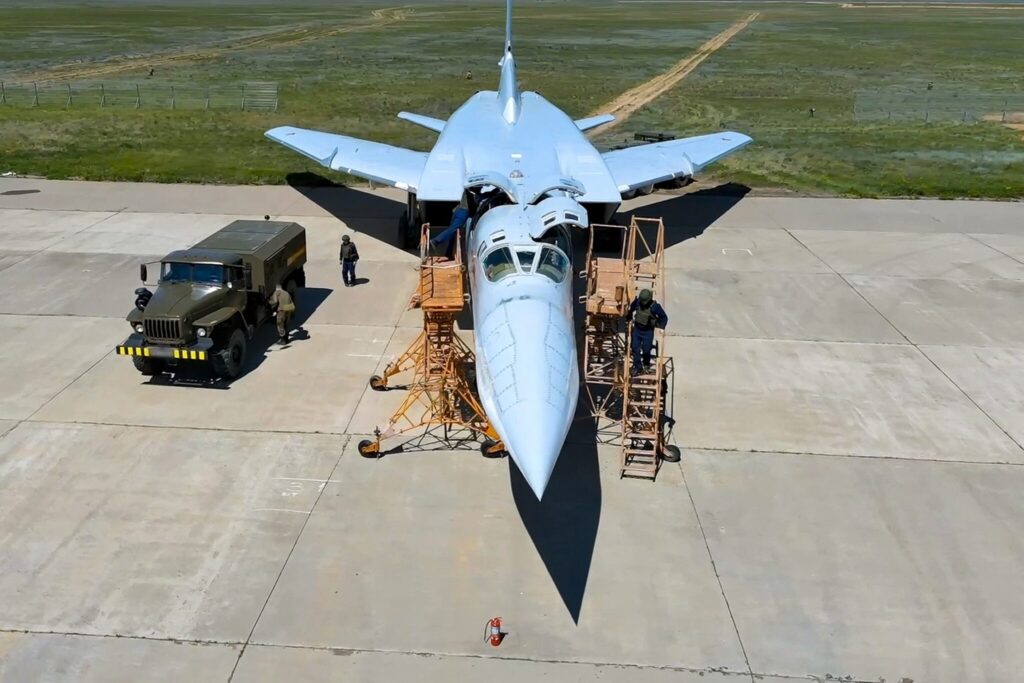
Some Russian military experts said Moscow could declare a no-fly zone over the Black Sea to curb U.S. intelligence flights that help Ukraine strike targets in Russia. In late June, the Defense Ministry threatened to take unspecified measures against U.S. drones there.
Trenin and other experts said possible escalatory moves could include cyberattacks on U.S. and European infrastructure, conventional strikes on Western troops if any go to Ukraine, and attacks on military supply hubs for Kyiv on the territory of NATO members. U.S. military bases also could be targeted, they said.
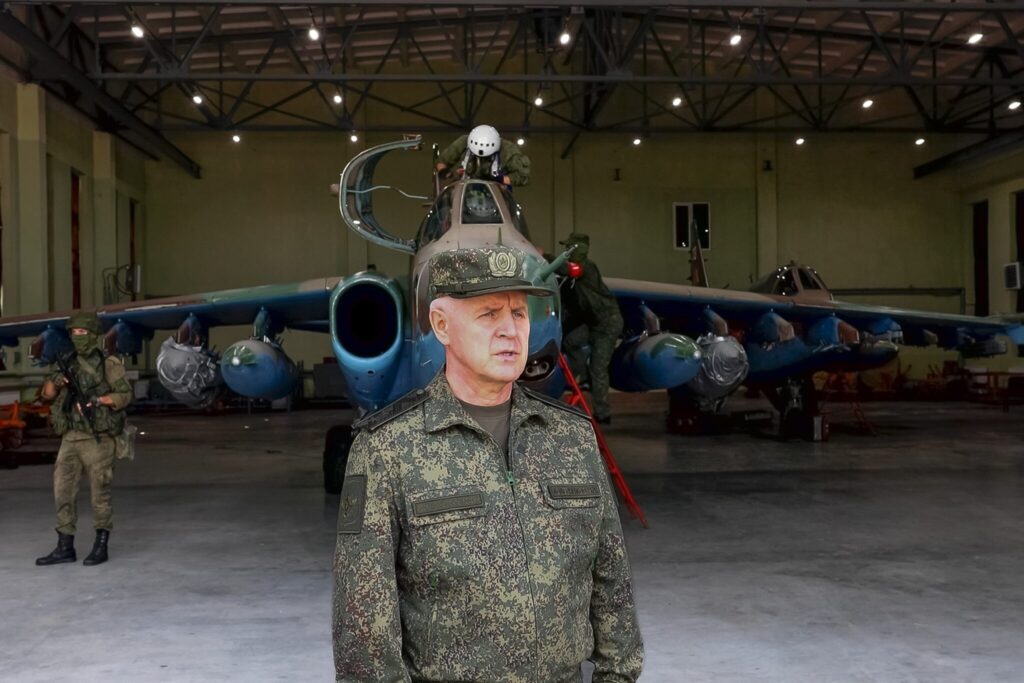
At the top of the ladder, Russia could threaten nuclear strikes on NATO targets in Europe to “sober up the enemy and force it into the talks,” Trenin suggested.
“Active nuclear deterrence means the possibility of using nuclear weapons first in the ongoing conflict — not necessarily on the battlefield and not on the territory of Ukraine,” he said. “The enemy must have no doubt: Russia won’t allow itself to be defeated or blocked from achieving its declared goals by keeping nuclear weapons out of the conflict.”

